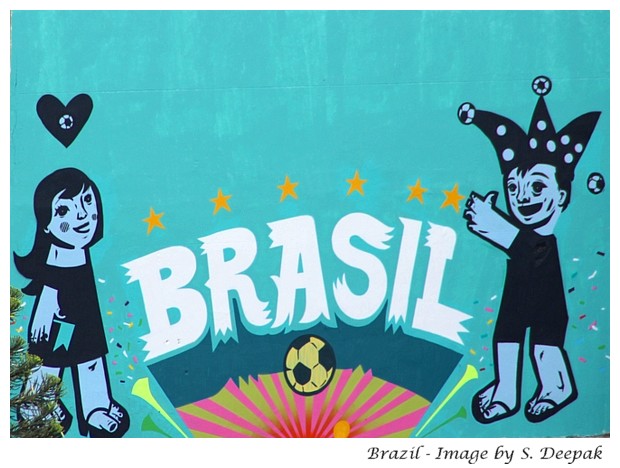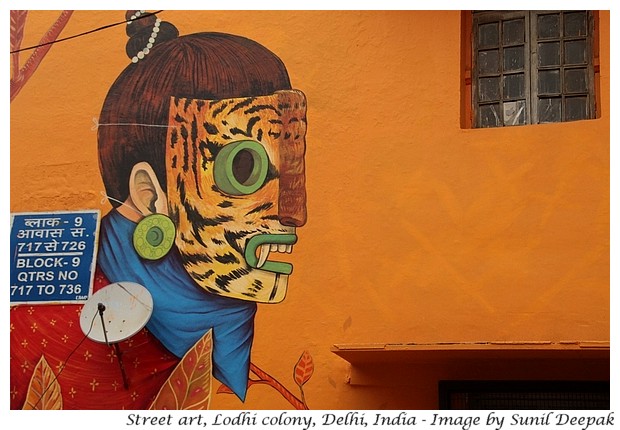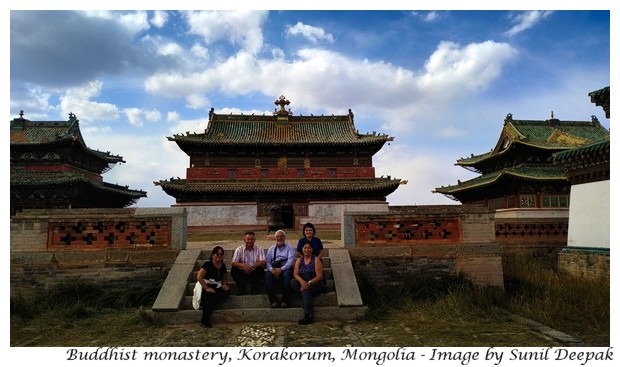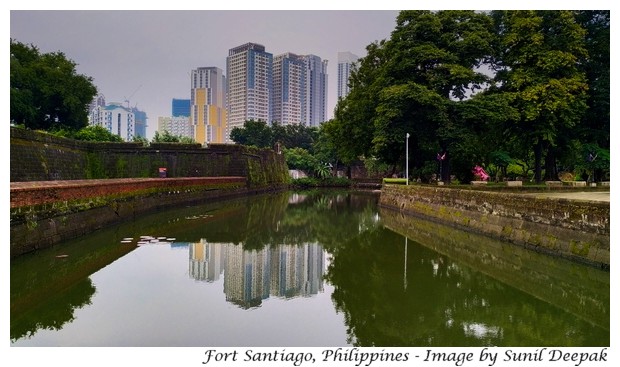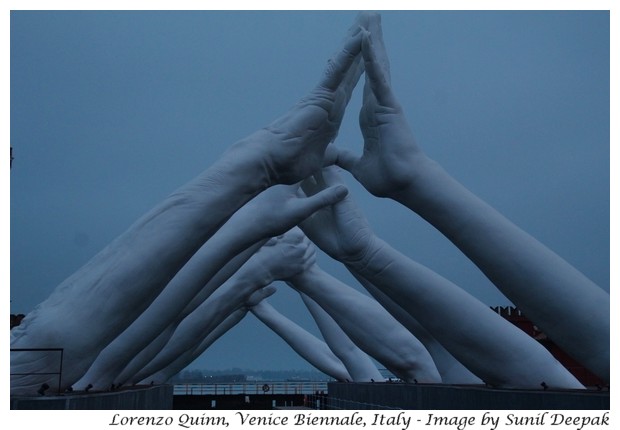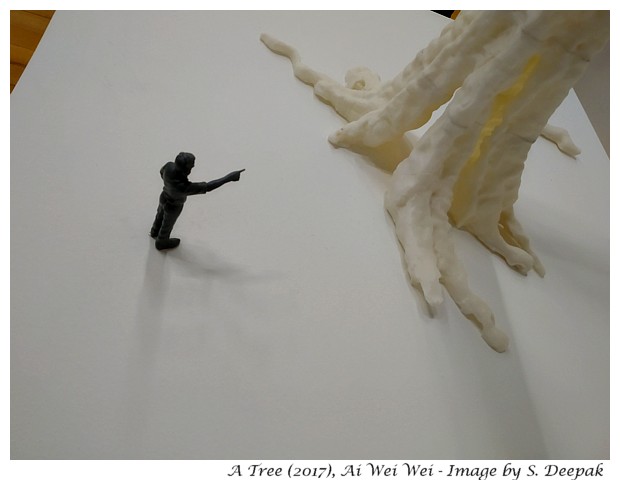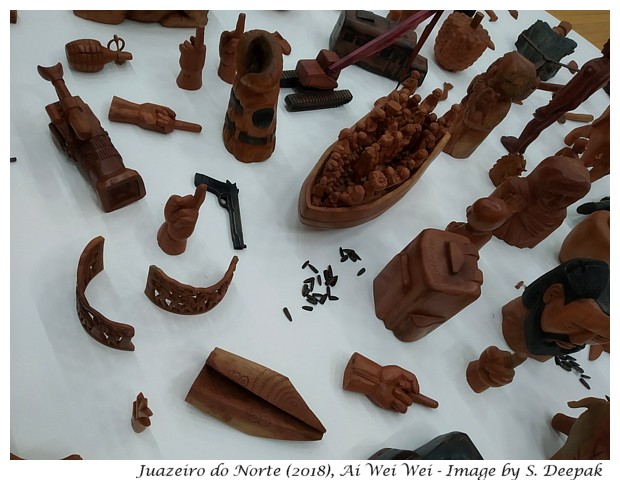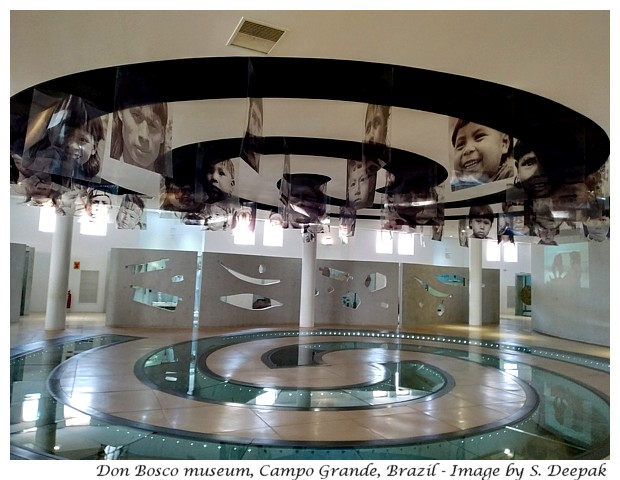In this post, I want to talk about 5 of my most unforgettable evenings and what made them special.
An Evening at the Taj Mahal, India
Talking about a beautiful evening at the Taj Mahal is a cliché, but since it was one the most incredible evenings that I had ever had, I decided to start with it. I had been to Taj in Agra a few times, the first time in 1967 on a school trip. This particular visit was in 2012, when I was in Agra for a conference. One afternoon, as I came out of a tiring meeting, I decided to walk and ended up at Taj Mahal. When I reached, the sky was already turning pink.It was still crowded and I decided to sit down on a bench on one side, to wait for the evening. Slowly the crowd thinned and it became quieter. There was an azaan, I think from the mosque on the side of Taj or may be from outside. In that quiet, listening to that azaan and watching the silhouette of the familiar shape of the monument against the darkening sky, it was absolutely divine. It was the combination of beauty, colours and the music/sounds which made this evening so special.
 The Uvs lake in Mongolia
The Uvs lake in Mongolia
I have also been to Mongolia many times. This particular evening was in 2008. We had travelled in a jeep from Bayan Ulgii to Uvs in the extreme west of Mongolia. In Uvs, I had one incredible afternoon in the stadium in Ulaangom where a Buddhist lama had led a special session of prayers.
One afternoon, after we finished our meetings, my friends accompanied me to Uvs lake, about 60 kms away from Ulaangom. The lake forms the border between Russia and Mongolia, which means that the mountains you can see in the image below on the other side of the lake were in Russia.
It was cloudy and windy that day. The contrast between light and dark shades of the dry grass, land, lake water and the snow covered mountains was very striking. A row of white round gers (tents) for the tourists, stood out. There were noisy seagulls and black and white lapwings. There, a few of my Mongolian friends sang polyphonic songs, which is a special Mongolian skill. The singers can simultaneously make multiple sounds, some in a wonderful bass and others, more acute.
The colours of the nature, the wind and clouds, the cries of seagulls and the polyphonic sounds of the Mongolian songs, together created something unique, which made that evening unforgettable for me. Even now, when I listen to polyphonic music from Mongolia, I remember that evening along the lake. If you have never heard a Mongolian polyphonic song, take a few minutes to listen to one on Youtube.
Pasubio Mountain, Veneto, Italy
Pasubio is the dolomite mountain of Schio, the little town in the north-east of Italy where we now live. Its highest peak is at more than 2,200 metres. From our home, a 20-25 minutes drive takes us to the mountain pass known as Pian delle Fugazze, at a little less than 1,200 metres. This was the border between Italy and Austria where the First World War battles had taken place. Hundreds of young men from different parts of Italy, but specially from all the towns of our region, had died here. At this mountain pass, visible from miles all around, is an Ossario, where bodily remains of those young men are kept.We often go to the Ossario of Pasubio (in the image below). There are may mountain paths marked by the Italian Alpine association, where you can go for trekking. There is a hanging bridge there, about 2 km away, which makes for a nice walk. The evening at Pasubio which I remember is from a visit in 2012 evening. It was December and very cold. There had been different snowfalls, but on that day the sky was clear.
Soon after we arrived, the sky turned pink and orange, lighting up the snow with a strange glow. The moon was already out, not yet a full moon, but still glowing nicely. There was no one else at Ossario, just I and my wife. We stood there admiring the beautiful views till it turned dark. I think that it was special because we were alone and surrounded by incredible beauty.
An Evening in the Petrified Forest, New Mexico, USA
In 2018, I went on a road trip with my sister and one of her friends, in USA. We started from Santa Fe and finished our journey in Phoenix, visiting places like Grand Canyon and Sedona on the way. There is just a 2 years gap between I and my sister and I have a level of comfort with her, which is different from all other relationships. For much of our adult lives, we meet once in a while, usually with our families. Only now, with our children grown up, we can meet without our families and spend our time talking, as we used to do in our childhood.That road-trip gave some wonderful memories, one of which was an evening spent in the Painted Desert and Petrified Forest. The beautiful shades of the earth, the amazing landscapes and our constant bickering (which sometimes irritated my sister's friend), made it a wonderful evening.
Baja beach on Tapajos river in Amazon region, Brazil
I have also been to Brazil many times, most recently in 2019 when I had a wonderful visit in Rio de Janeiro. However, my special evening memory is once again from 2012. I was with my friend and colleague Deo, and we were visiting a project in Abaetetuba town in Para state in the north-east of Brazil. One evening, we went to a shack on the Baja beach on the Tapejos river, a few kilometres away. We had some beer, and while Deo chatted with some friends, I wandered alone.
Tapejos is a huge river, its other shore was probably a few kilometres away. It changes with the sea tides of Atlantic ocean. The retreating high tide had left its marks on the sand. A group of children was playing football. Strips of land alternating with streams of water, created a wonderful background.
Tapejos is a huge river, its other shore was probably a few kilometres away. It changes with the sea tides of Atlantic ocean. The retreating high tide had left its marks on the sand. A group of children was playing football. Strips of land alternating with streams of water, created a wonderful background.
I walked to the edge of the river. A few families with children were there, including a man with a baby boy, who had parked his motorbike and was playing with the child in the water. Slowly the sun went down the sky turned yellow and orange. As I walked back to the beer shack, the man and the baby boy left on their motorbike. The river, the colours, the families chattering, it all created something magical.
Conclusions
I love writing posts like this, which give me an opportunity to revisit forgotten journeys and to remember places and persons, some of whom are no longer alive. I hope that you have also enjoyed this journey, and that it has made you remember some special moments from your own life.Writing such posts is also about understanding ourselves and our desires. I have hundreds of beautiful pictures of sunsets. Why did I choose these five? Thinking about it, makes me understand myself - what is important for me, and what touches me deeply. I that it is a way of meditating or may be a way of more mindful-living.
Because of smart-phones, most of us have hundreds or even thousands of pictures. Try to make them count - think which pictures matter to you and why? It will help you to learn about yourself.
I think that many factors contribute to making some memories special for us -
(1) Beauty or aesthetic pleasure is an part of it.
(2) The persons who are with me contribute to making it special.
(3) A dash of music or art can also contribute to it.
(4) Possibility of remembering it through photographs or a diary or talking about it with friends
What makes some moments of your life unforgettable for you?
*****










